Water scarcity is an escalating crisis in many parts of the world, and the United States is no exception. Climate change, population growth, and unsustainable water management practices have all contributed to the dwindling availability of fresh water. With traditional sources of freshwater such as rivers, lakes, and aquifers increasingly under threat, desalination, or the process of removing salt from seawater to make it potable, is often touted as a potential solution. But can desalination really save the U.S. from a water collapse? In this article, we explore the complexities and possibilities of desalination as a solution.
The Growing Water Crisis

The demand for fresh water in the U.S. is outpacing supply. The concern is particularly acute in arid regions like the Southwestern United States, where water sources are already stressed. According to the U.S. Geological Survey, the average American uses about 82 gallons of water every day. However, in regions like California and Arizona—where drought conditions are more frequent and severe—water management is a significant challenge.
Desalination: An Overview

Desalination refers to the process of converting seawater into fresh water by removing salts and other impurities. This process can be achieved through various technologies, most notably reverse osmosis and distillation. Desalination plants are in operation worldwide, with major facilities in the Middle East, Australia, and Spain pioneering this technology on a large scale.
Current Status of Desalination in the U.S.
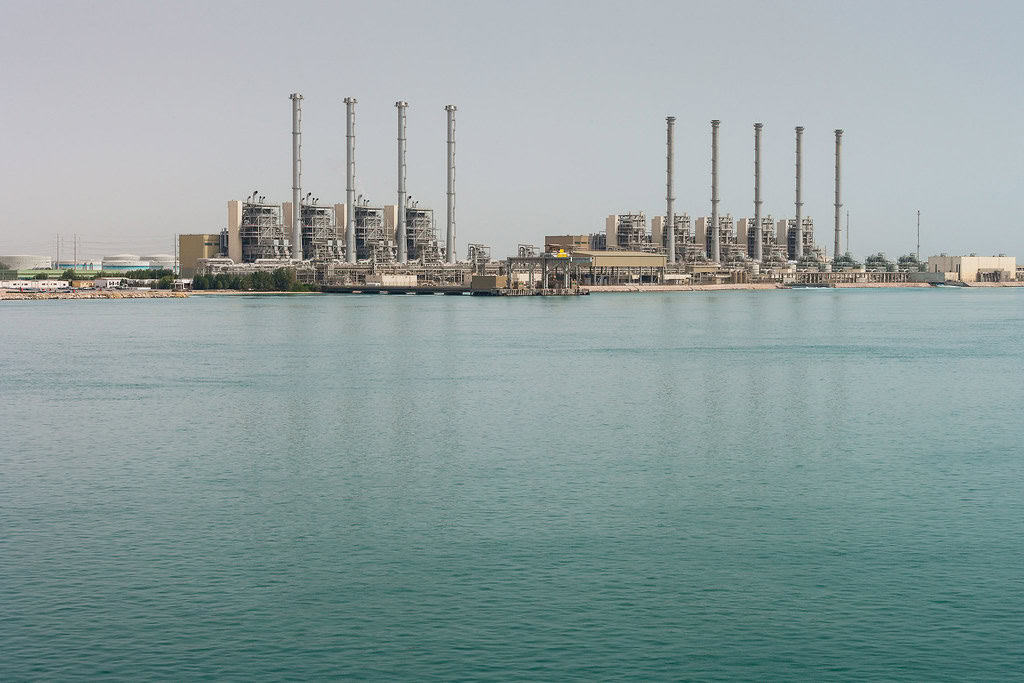
In the U.S., desalination plays a relatively minor role compared to other water sources. Currently, there are over 200 desalination plants in operation, primarily located in California, Florida, and Texas. The largest facility, the Claude “Bud” Lewis Carlsbad Desalination Plant in California, provides 50 million gallons of potable water daily to San Diego County.
Economic Considerations
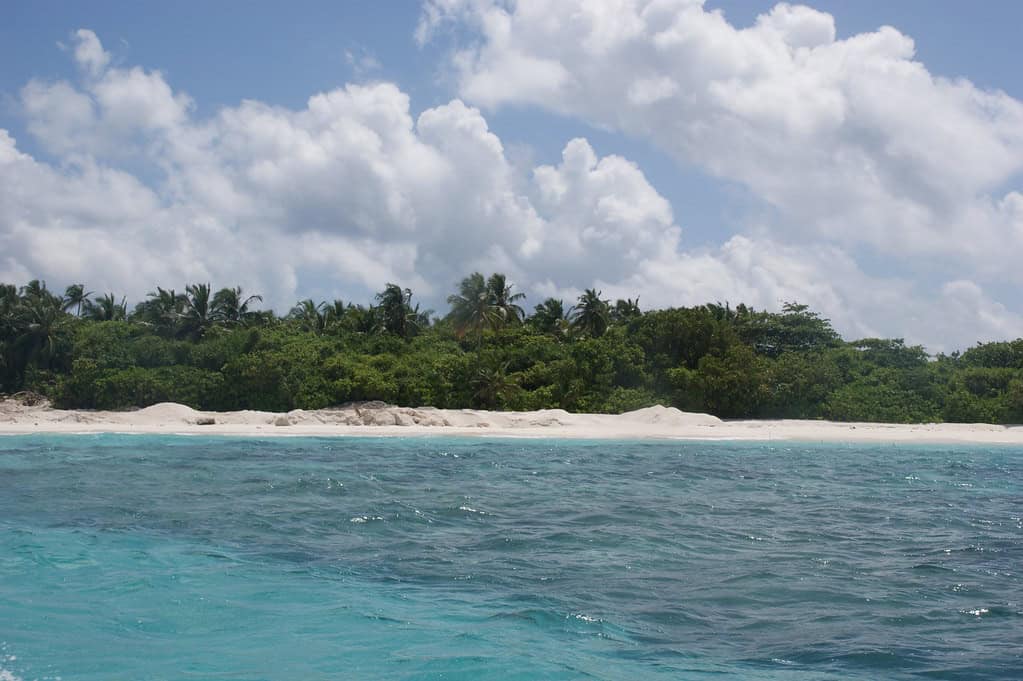
One of the major hurdles for desalination is cost. Desalination is energy-intensive and therefore expensive compared to conventional water supply methods. The cost ranges from $1,000 to $2,000 per acre-foot, which is significantly higher than treating river or groundwater. Investments in infrastructure and energy subsidies are crucial to making desalination more economically viable.
Environmental Impacts

Desalination also poses environmental concerns. The process produces brine—a highly concentrated saltwater byproduct—that can impact marine ecosystems if not properly managed. Additionally, the energy consumption associated with desalination contributes to greenhouse gas emissions, which underscores the need for developing renewable energy sources alongside desalination facilities.
Technological Advancements
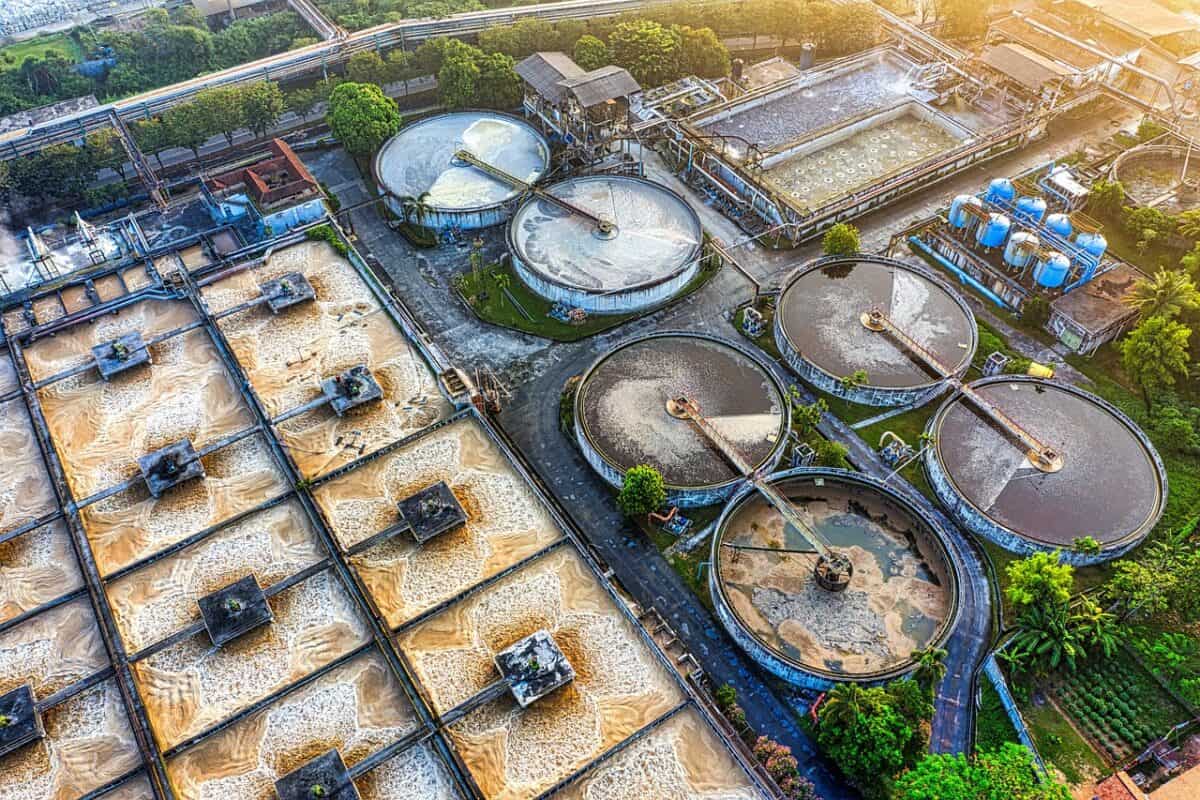
Technological advancements offer a glimmer of hope. Innovations like forward osmosis and forward osmosis-based hybrid systems promise more energy-efficient desalination processes. Additionally, integrating renewable energy sources like solar and wind power into desalination operations can offset carbon emissions, making the process more sustainable.
Case Studies from California and Florida
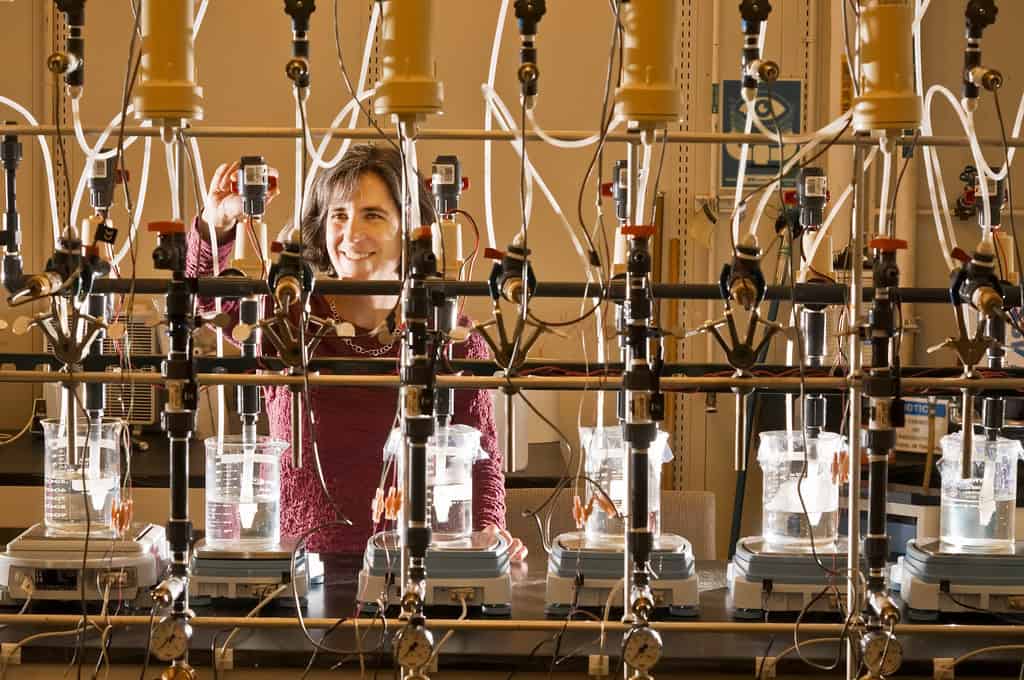
The Carlsbad facility in California and the Tampa Bay plant in Florida are vital case studies representing the potential and challenges of desalination in the U.S. While they supply significant volumes of fresh water, they also highlight the logistical and financial hurdles that must be overcome to expand desalination further.
Regulatory and Legislative Framework
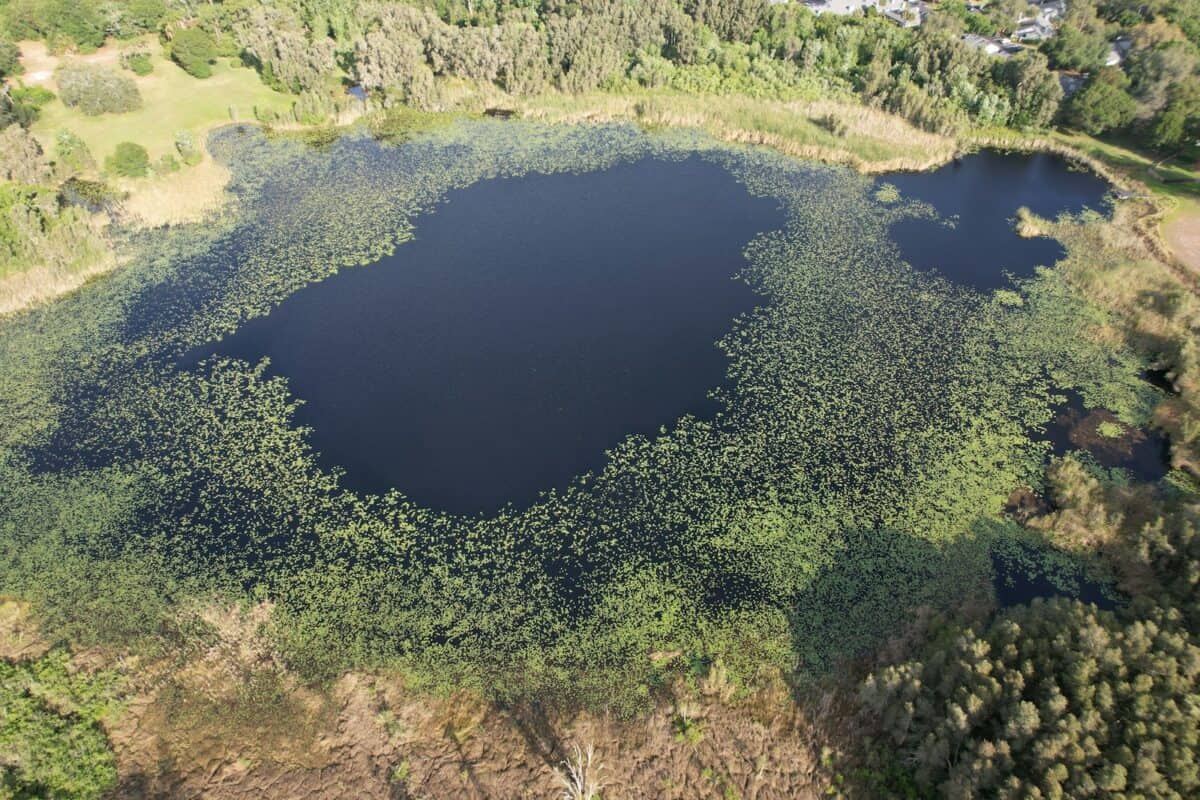
The regulatory landscape for desalination in the U.S. is complex, involving federal, state, and local agencies. The intricate permitting process can act as a barrier to the development of new facilities, emphasizing the need for streamlined regulations that address environmental concerns while facilitating infrastructural growth.
Public Perception and Acceptance

Public perception plays a crucial role in the adoption of desalination technology. Concerns about environmental impacts, alongside opposition from local communities wary of large infrastructure projects, need to be addressed through public engagement and solid evidence of desalination’s benefits and safety.
Comparisons with Other Water Management Strategies
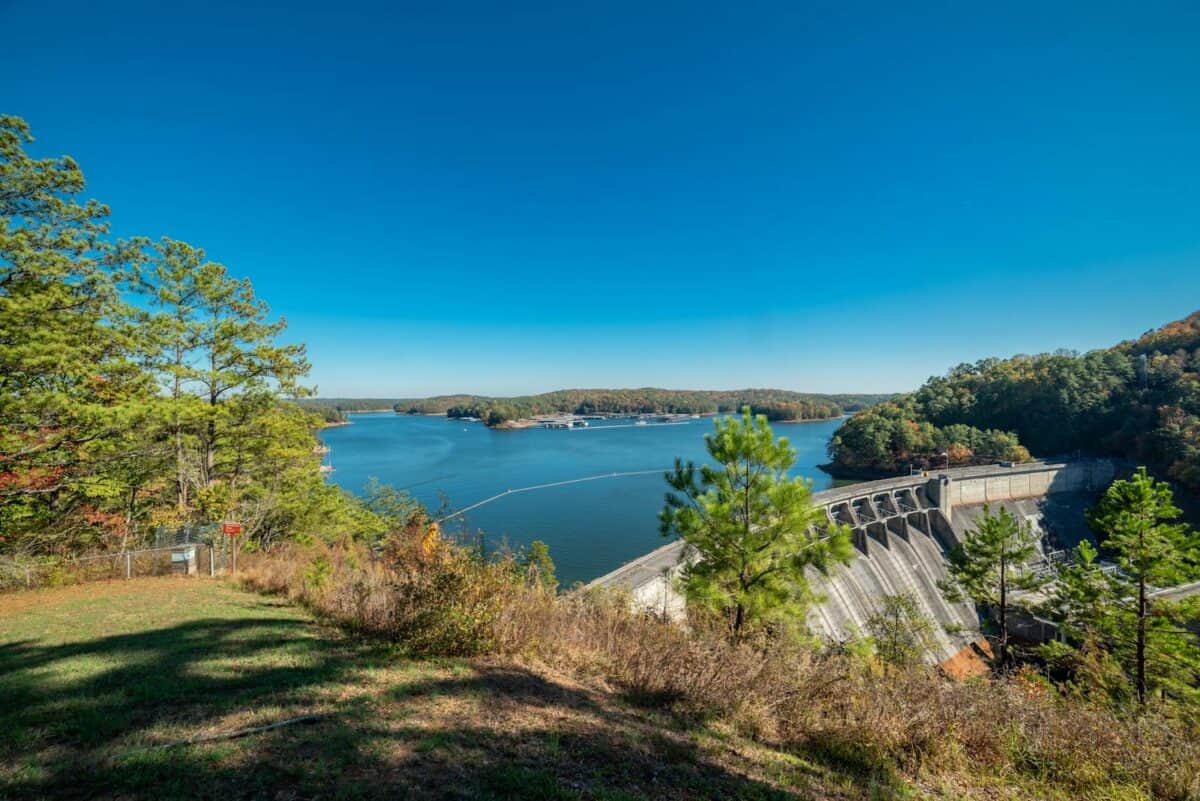
Desalination should not be seen as a silver bullet but part of a broader strategy including conservation, rainwater harvesting, reclamation, and improved irrigation techniques. Comparing the costs and benefits of these strategies with desalination helps in crafting a balanced water management approach.
Potential Future Developments
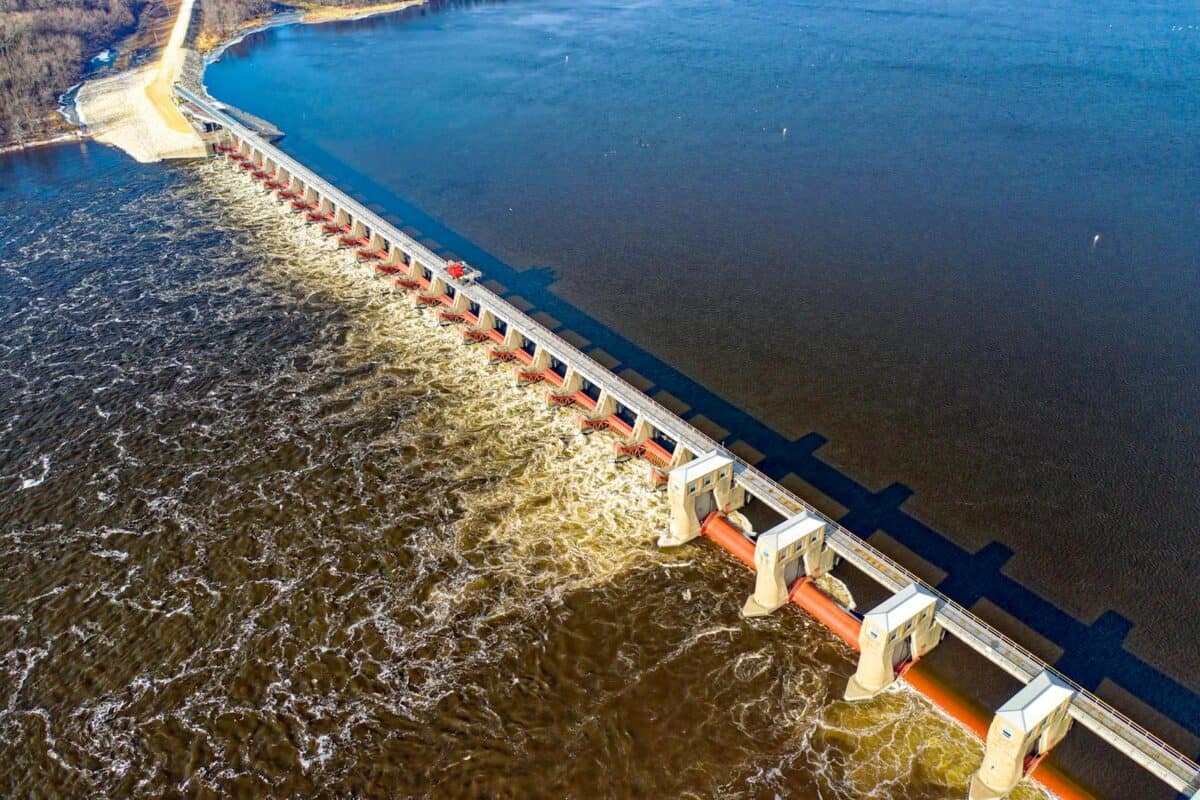
The future of desalination in the U.S. is closely tied to advancements in technology, shifts in public policy, and changes in public perception. As climate challenges increase, the role of desalination might expand, driven by necessity, and an evolving energy landscape could make it more feasible.
Conclusion: A Role for Desalination?

Desalination has the potential to contribute significantly to addressing water scarcity in the U.S., particularly in coastal regions with limited freshwater sources. However, it is not a standalone solution. It must integrate into a comprehensive water management framework that includes conservation, technological innovation, and environmentally compliant practices. Desalination might not single-handedly save the U.S. from a water collapse, but it can play an important role in a diversified approach to a sustainable water future.
- This Bird Sets Forests on Fire - August 17, 2025
- Orcas Have Regional Accents - August 17, 2025
- The Largest Group Migration in the Animal World - August 17, 2025
